The Sugar cane comes from the group of sweet grasses. The plant serves as a raw material supplier for bio-ethanol and table sugar.
What you should know about sugar cane

The sugar cane grows mainly in subtropical and tropical climates. The plant needs temperatures between 26 and 30 ° C for good growth. The plant stops growing at temperatures below 15 ° C. The main producing countries for sugar cane are Brazil, India and China.
The sugar cane is planted using cuttings. Depending on the seed spacing, 15,000-20,000 plants are planted per hectare. After about a fortnight, the cuttings sprout and form roots and stems. Sugar cane is a monocot plant. Its appearance is reminiscent of grass. The individual stalks of the sugar cane can reach a diameter of 20-45 mm.
They have a diameter of about 30 mm and can grow up to 6 m high. The panicle-shaped flowers are up to 50 cm long. The first harvest takes place nine months to two years after the first planting out. The stalks of the sugar cane are cut by hand or with sugar cane harvesters just above the ground. Another harvest can be cut from the remaining stumps after two months. In this way, a sugar cane field can be harvested around eight times. The individual sugar cane plants can live up to 22 years.
Sugar cane was probably used as early as the fifth century BC. The origin of the plant is probably in the East Asian area. Other possible areas of origin are New Guinea or China. Sugar cane reached the Middle East through trade in the first century AD. Sugar cane was also used in medicine in ancient Rome. As a result of the Arab expansion trains, sugar cane cultivation spread to Morocco and Sicily. Sugar came to Western Europe through the Crusades. The cultivation of sugar in the conquered and occupied territories was controlled by the crusaders. Then Venetian merchants took over the sale and brought the sugar cane to Western Europe.
Sugar was a luxury item at the time. Processing was difficult and growing was expensive. So sugar was not affordable for ordinary citizens. This only changed when it was possible to obtain sugar from beetroot and sugar beet in the middle of the 18th century. Today, cane sugar can be offered on the world market much cheaper than sugar made from beet. However, since beet sugar was subsidized in the EU, cane sugar could not establish itself in Europe or Germany for a long time. However, since the opening of the European market by the World Trade Organization, cane sugar has gained in importance.
Importance to health
While it is often claimed, sugar made from sugar cane is no healthier than sugar made from beet. Neither cane sugar nor whole cane sugar are complete sugars. They have undergone numerous manufacturing processes and only contain a few original ingredients.
Although some of the minerals are still contained, the health benefits are still minor. Much healthier is molasses. Molasses is a thick, dark brown syrup that is a by-product of sugar production. When the sugar is refined, the juice is created as a waste product. When the sugar is centrifuged for the first time, a fairly light-colored molasses remains. This still contains plenty of sugar crystals. Sugar can be extracted again from the light molasses. A dark and syrupy juice remains. The more often this syrup is boiled, the darker and firmer the molasses will be. After the third boil-out, molasses contains almost no sugar.
However, the many minerals in sugar cane are retained. Until the 18th century, molasses was only sold by pharmacists. It was not used as a sweetener, but as a medicine. In many countries, the sugar mass was even considered a panacea and was used to treat cancer. Molasses is no longer used to treat cancer, but there are still indications. Molasses can be used as a cough syrup. It makes breathing easier and supports expectoration. Molasses contains a lot of iron. As a supplier of iron, it is therefore particularly suitable for people with anemia.
Ingredients & nutritional values
Sugar cane is very low in calories. 100 g of sugar cane contain only 25 calories. There is sugar in the pulp of the sugar cane. Most of it is sucrose. The cane sugar obtained through pressing, crystallization and refining is no longer as low in calories as sugar cane. 100 g of raw cane sugar contain around 397 calories.
Whole cane sugar contains minerals like iron, magnesium, and calcium. B vitamins are also included. The proportion of vitamins and minerals is a maximum of 5%. Sugar cane molasses contains significantly more minerals, vitamins and trace elements. In addition, sugar cane molasses has many secondary plant substances. Both anti-inflammatory and antioxidant effects are ascribed to these. Because of the high sugar content, molasses is a good source of energy. Due to the considerable content of calcium, iron, potassium and magnesium, molasses is also suitable for athletes.
Intolerances & allergies
People with a sucrose intolerance cannot tolerate cane sugar. They experience stomach cramps, vomiting, diarrhea, flatulence and nausea after consuming sugar from sugar cane. Diseases of the upper respiratory tract and viral infections are particularly evident in those affected.
Shopping & kitchen tips
Various types of sugar are offered in supermarkets and health food stores. Cane sugar is partially refined sugar to which some molasses sticks. Whole cane sugar is gently processed sugar cane juice. However, white sugar can also be obtained from sugar cane.
It is similar to the sugar from domestic sugar beet. Sugar is a very insensitive food. Nevertheless, a few things should be considered when storing. The sugar should be transferred from its packaging into an airtight can. This is the only way to protect the sugar from moisture. Moist sugar has a tendency to form mold and yeast. Since the cane sugar can take on foreign odors, it should not be stored together with foods that give off a strong odor. If stored correctly, sugar can be kept for several years.
Preparation tips
Many foods contain sugar. You can find it in jams, chocolate, cookies, salad dressings, pickles and ketchup, for example. Sugar can not only sweeten, but also soften acid or weaken bitter tastes. In jams, sugar is not only used as a sweetener, it also supports the shelf life of the products.
When it comes to baking, sugar is not just a sweetener. It creates browning and flavoring substances and ensures that the dough becomes elastic and stable. Sugar also serves to stabilize protein-containing foods. Sugar from sugar beets can usually be replaced one-to-one with cane sugar. The sugar from the sugar cane also plays a special role in the preparation of cocktails. For example, in addition to limes and rum, cane sugar is required for the production of caipirinha.

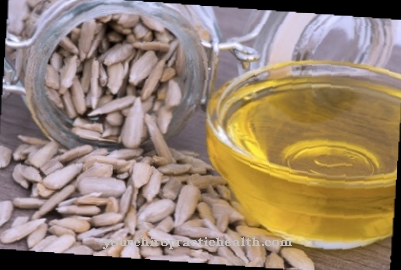
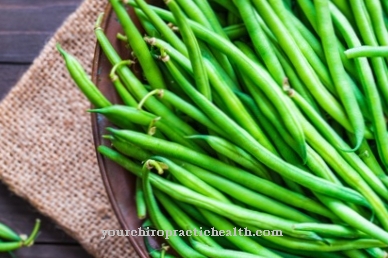
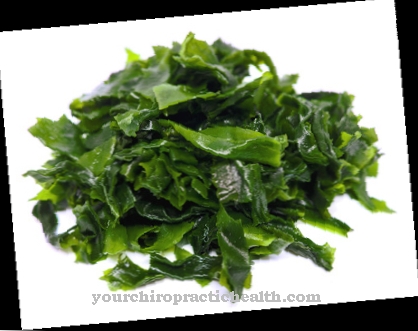
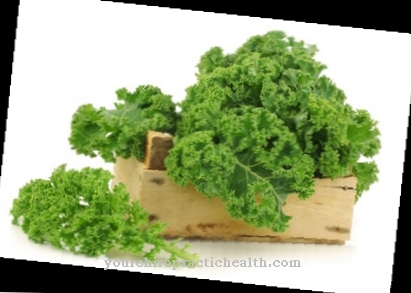

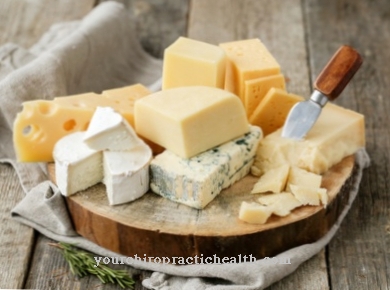






.jpg)

.jpg)
.jpg)











.jpg)